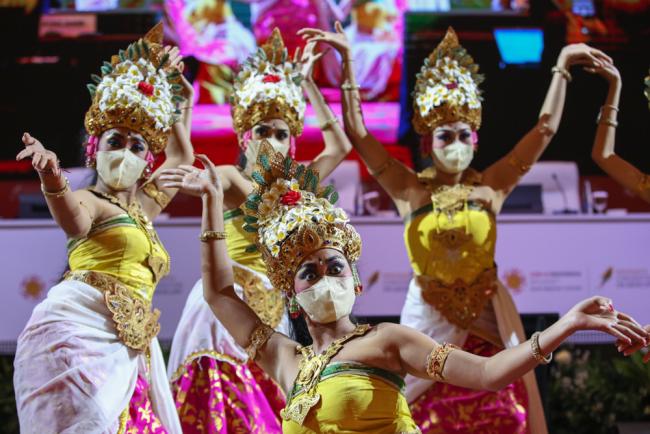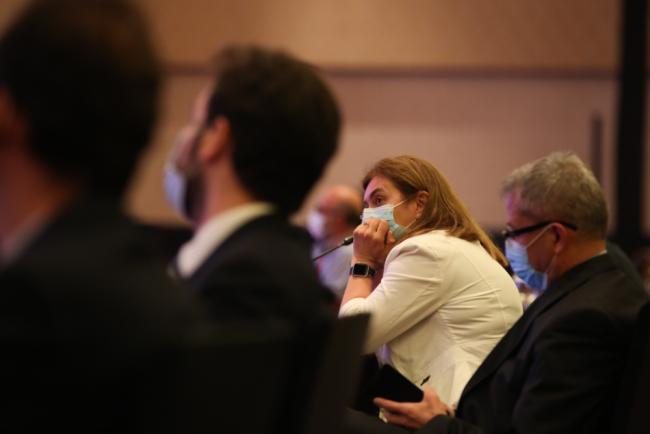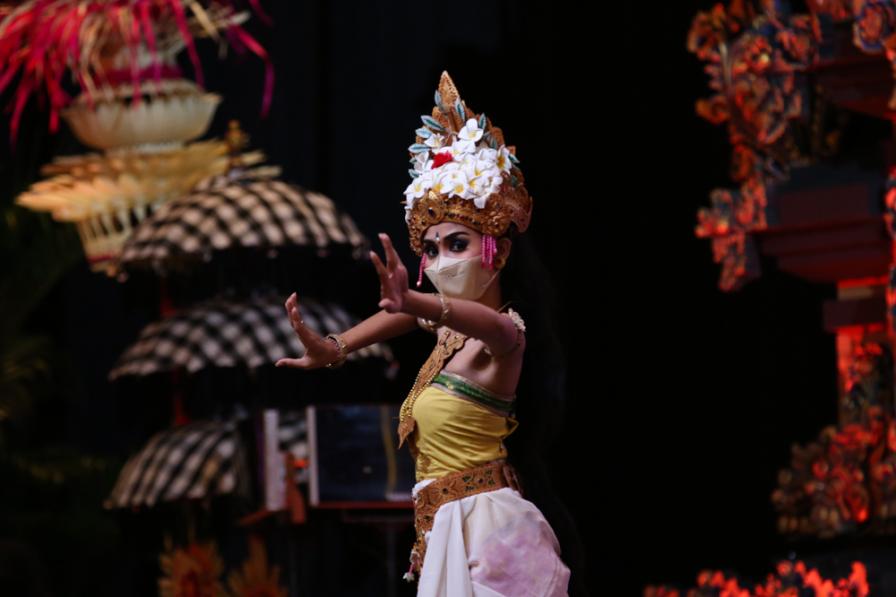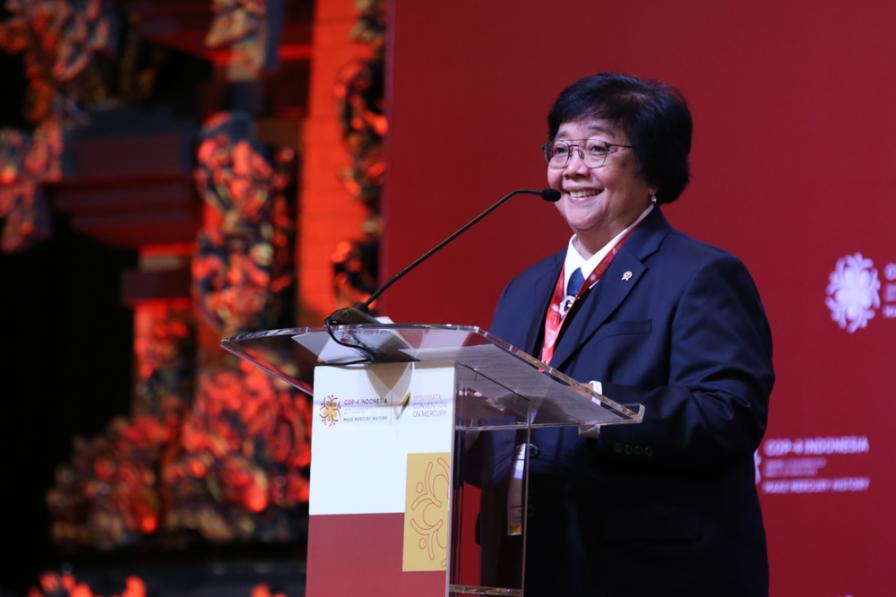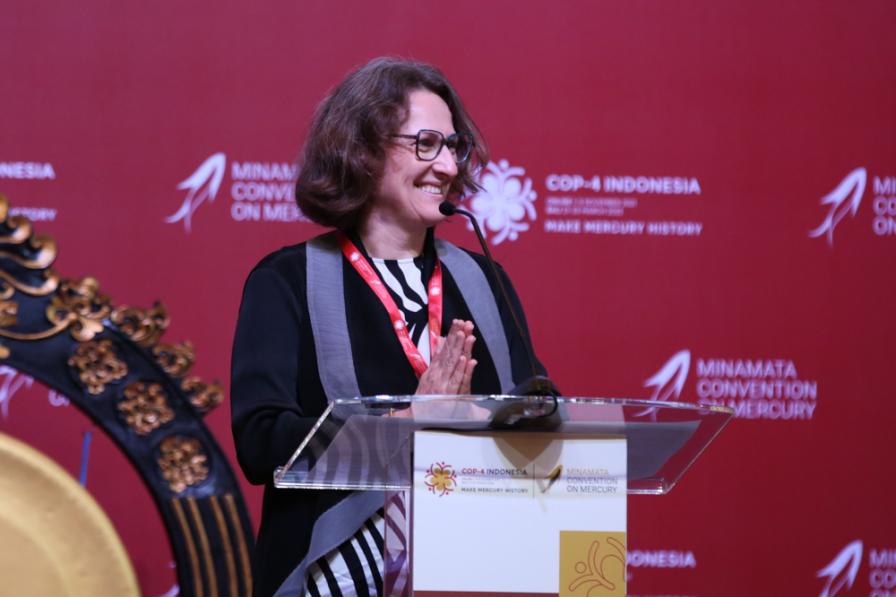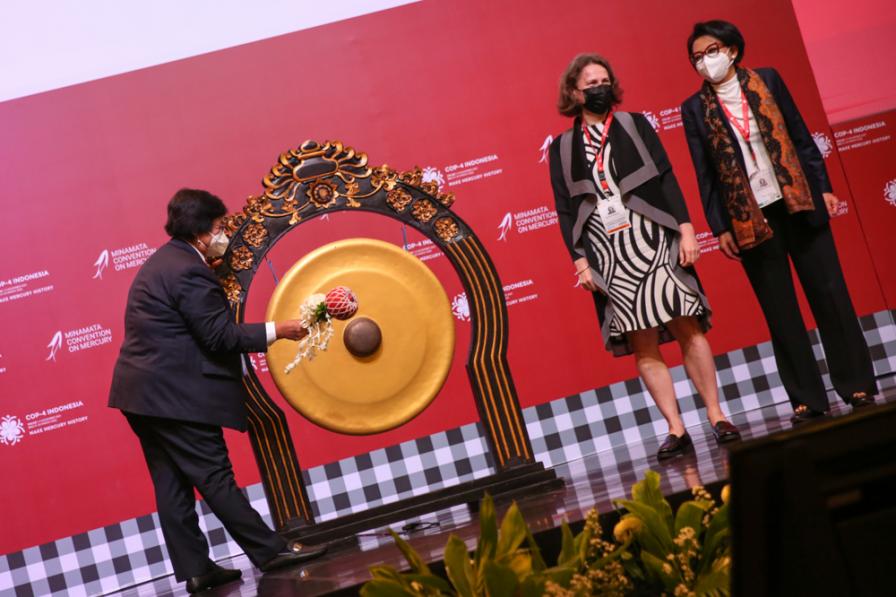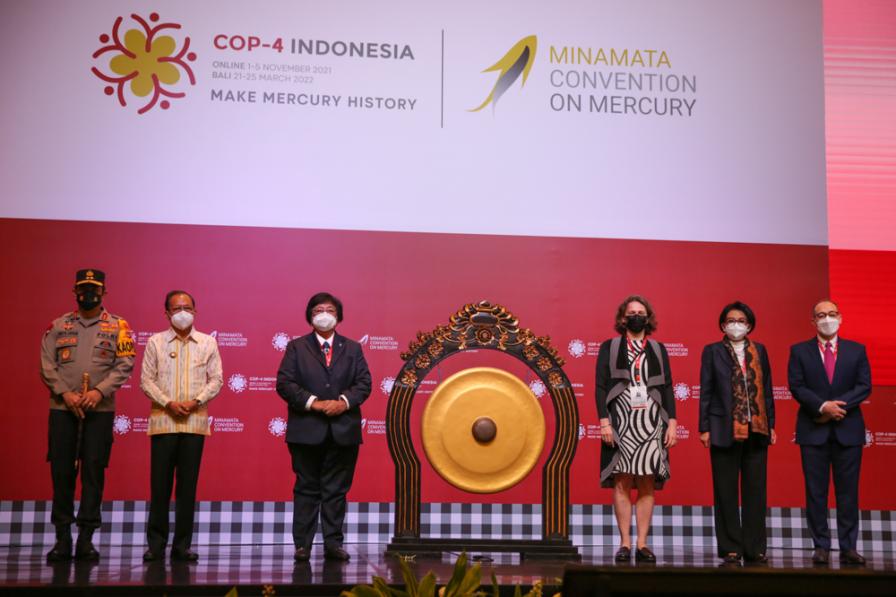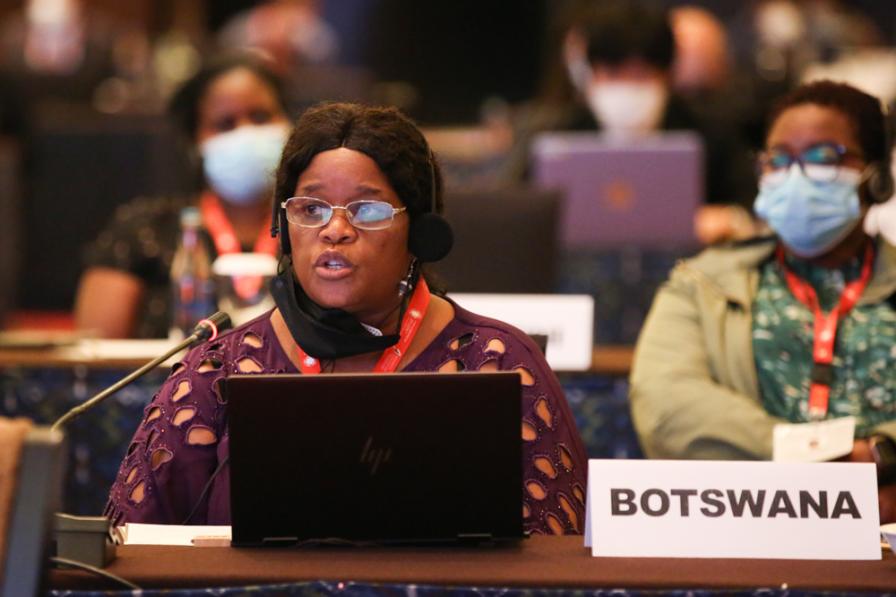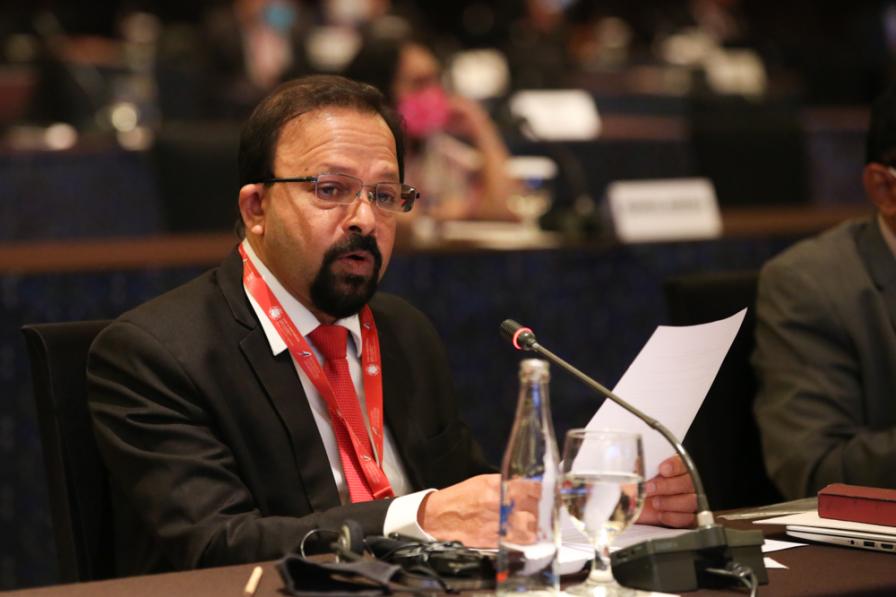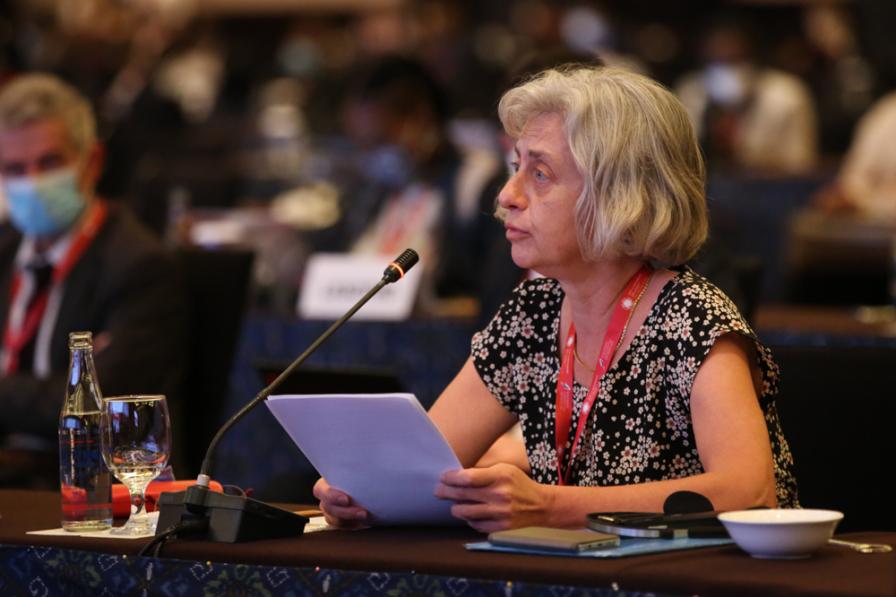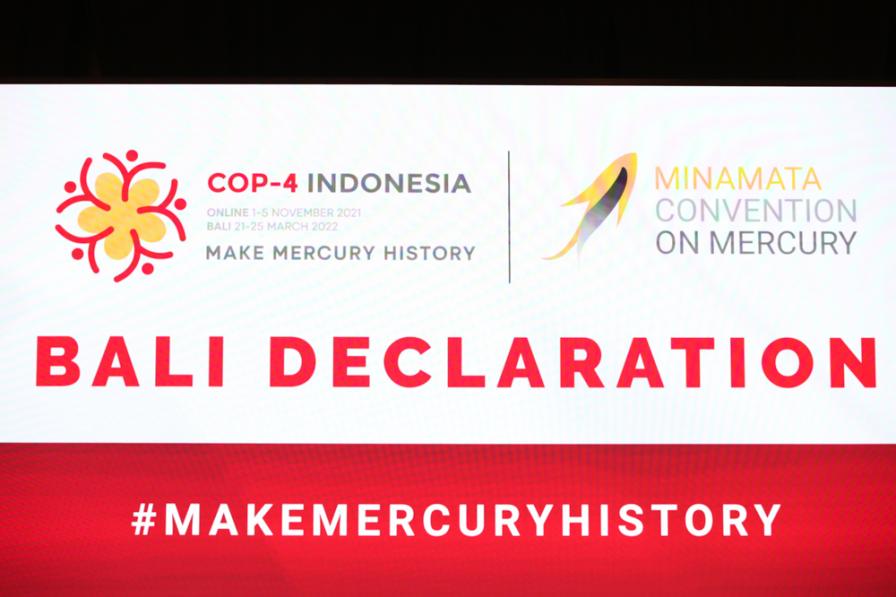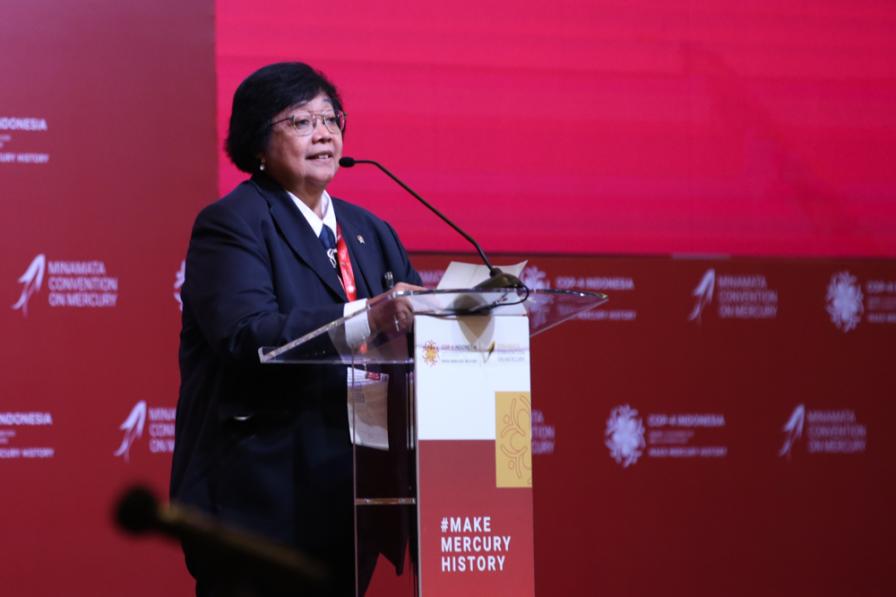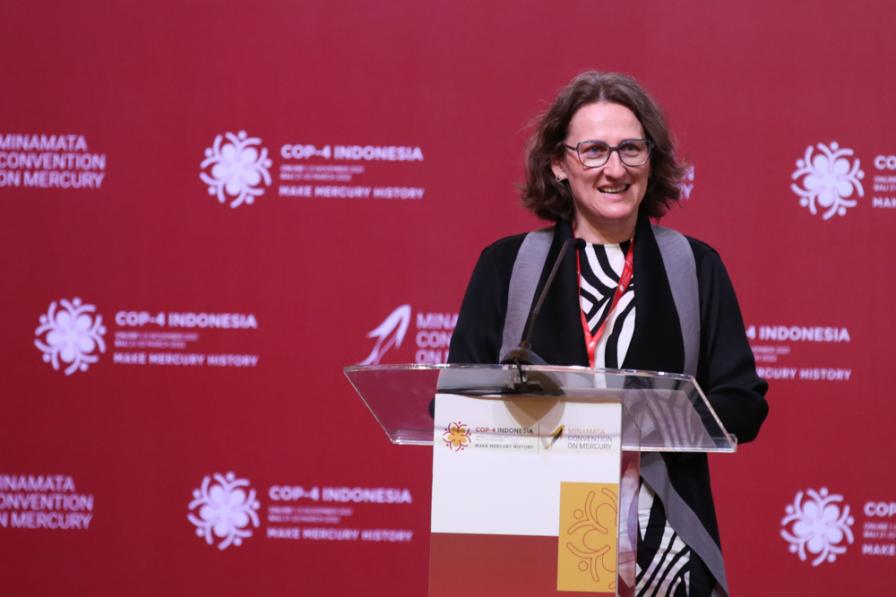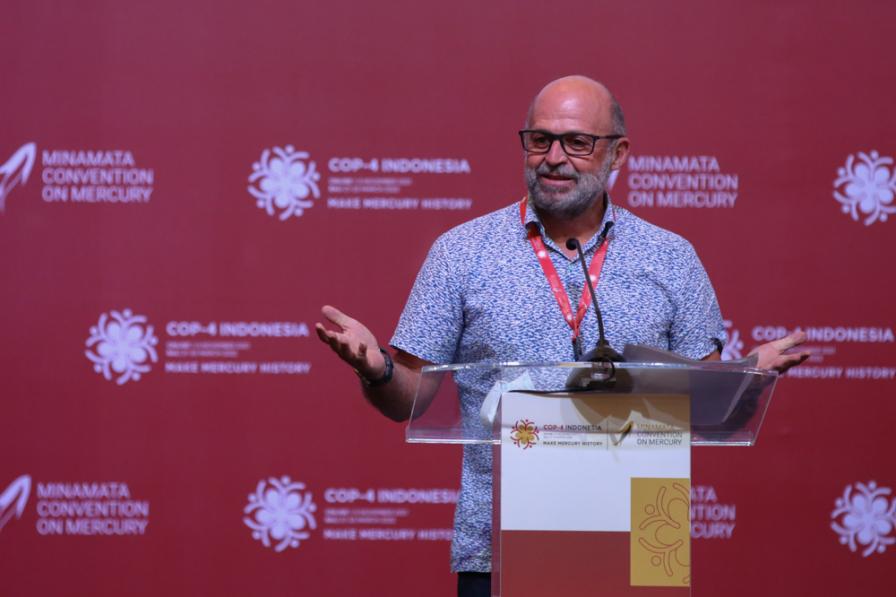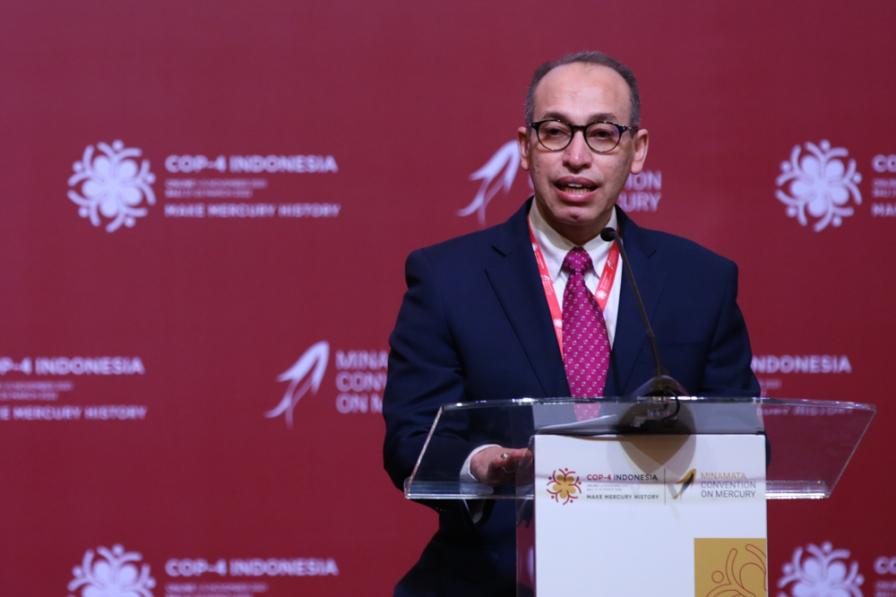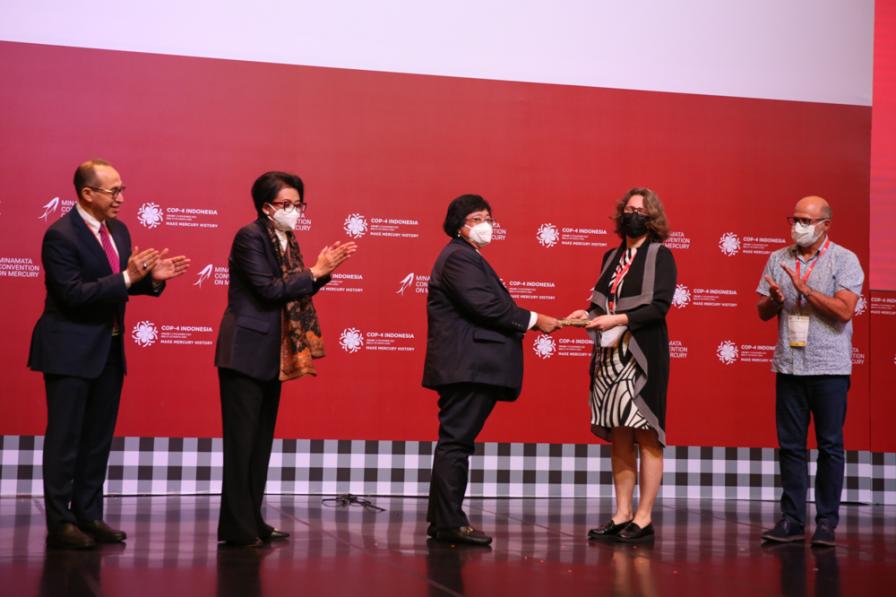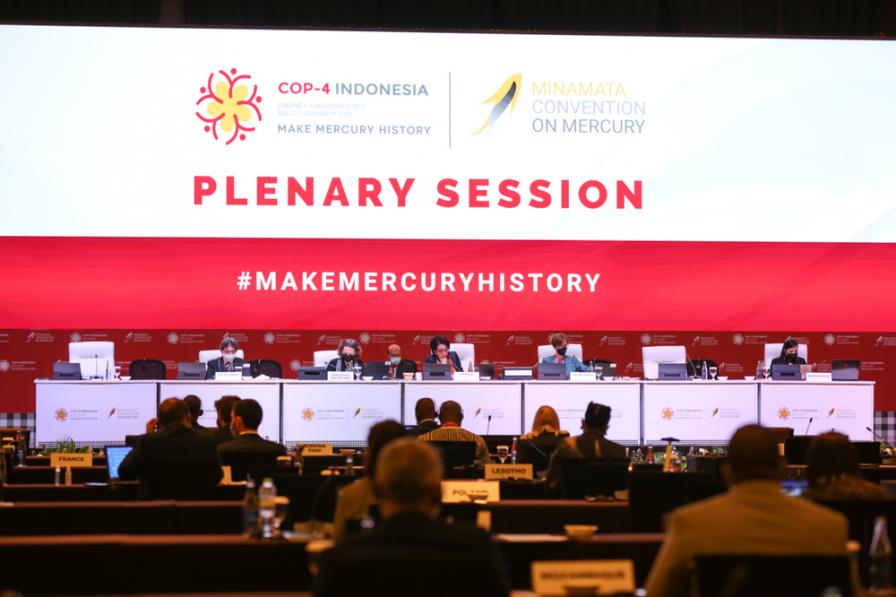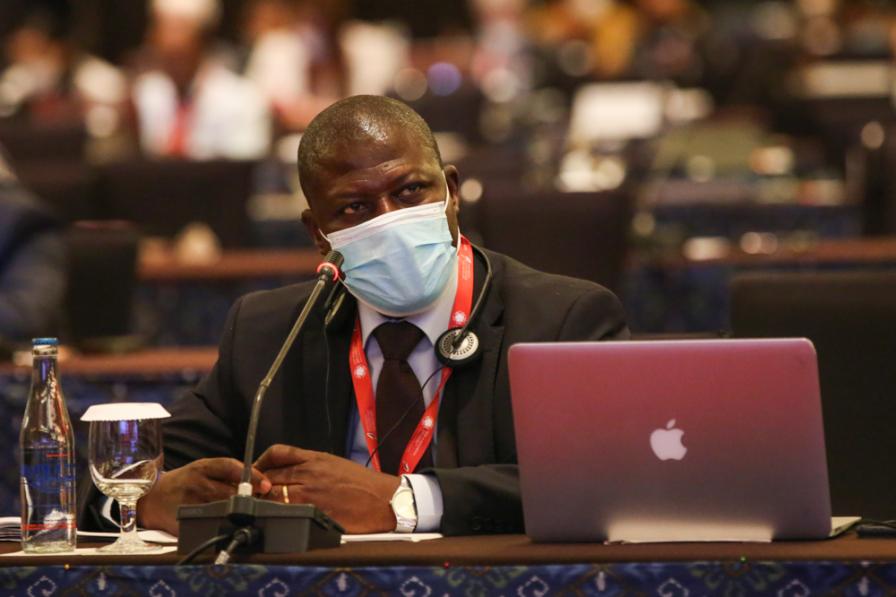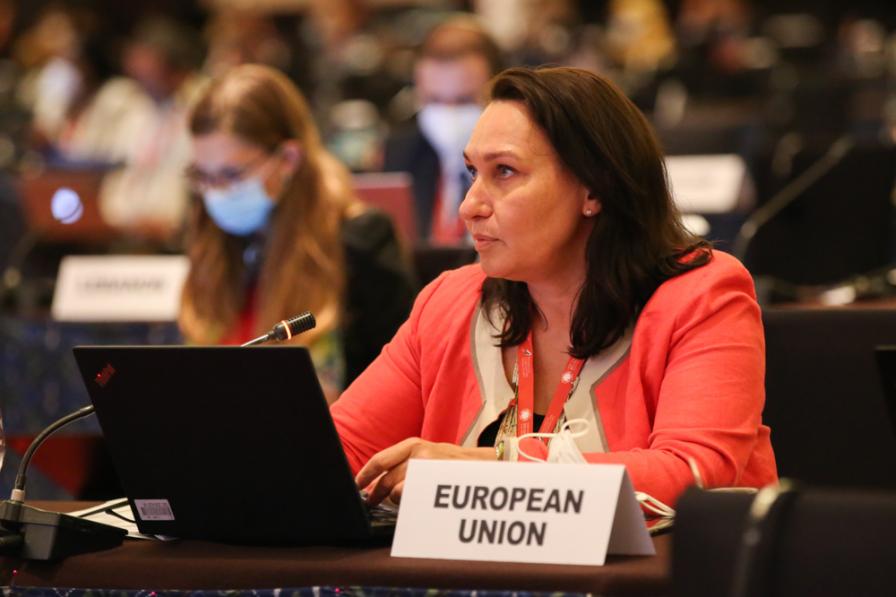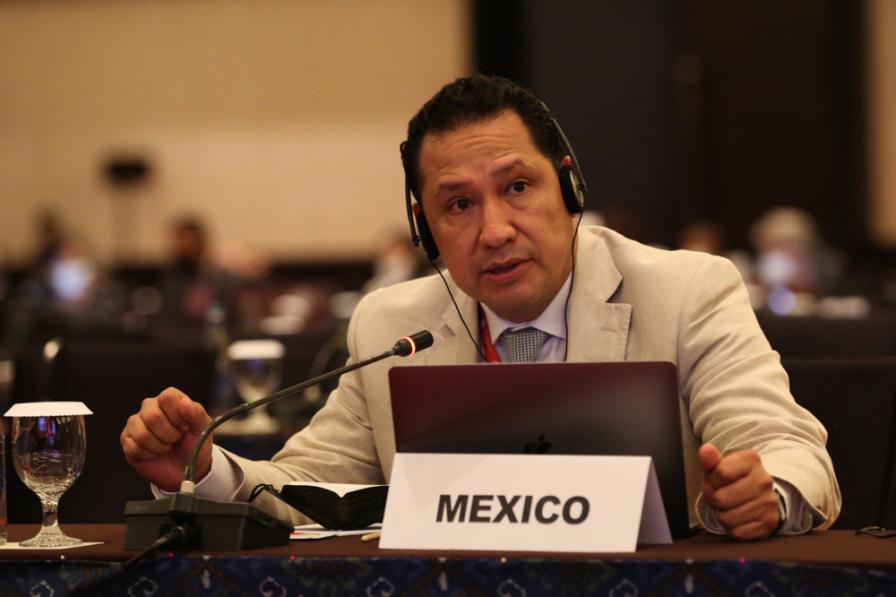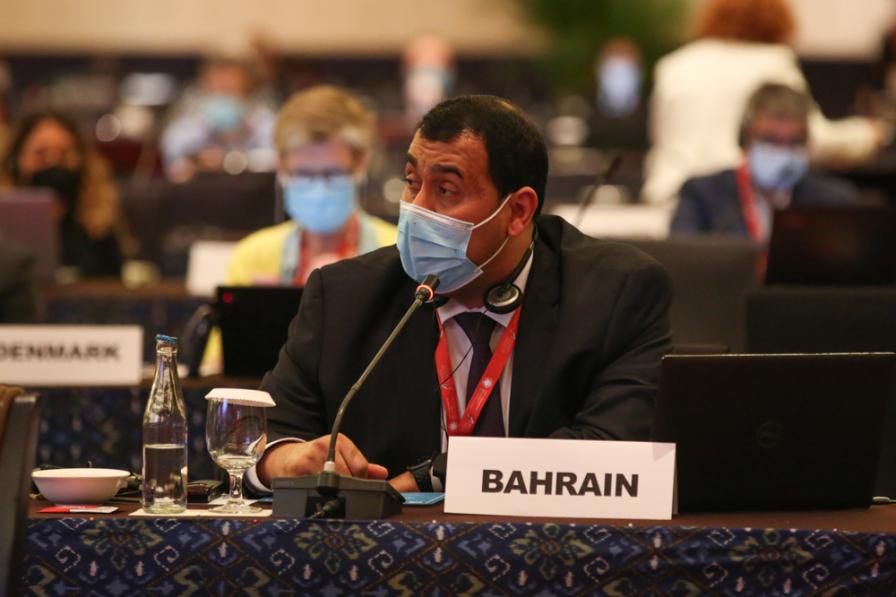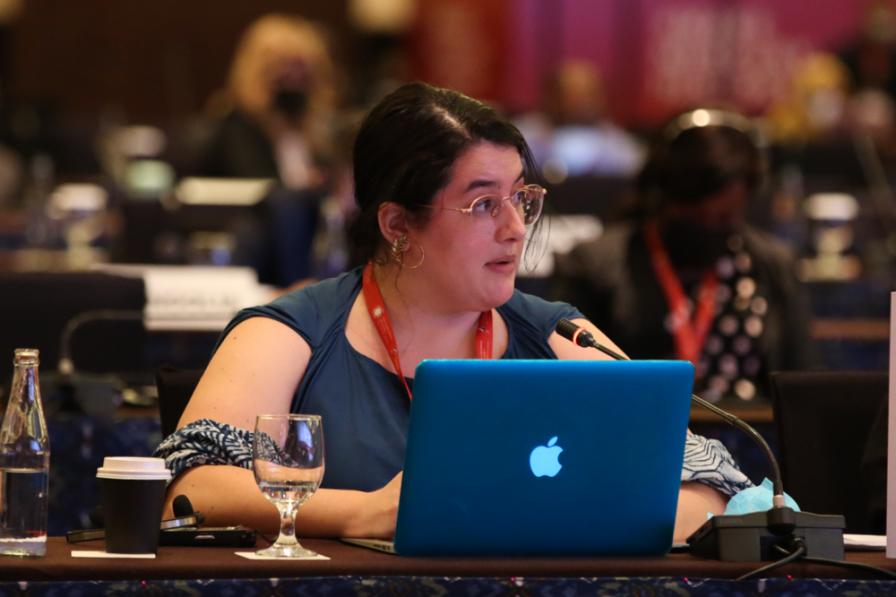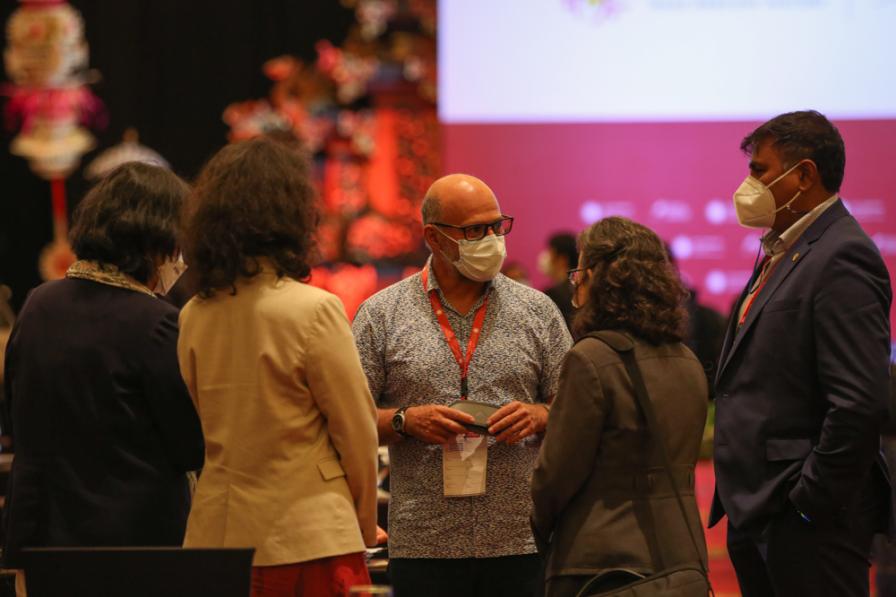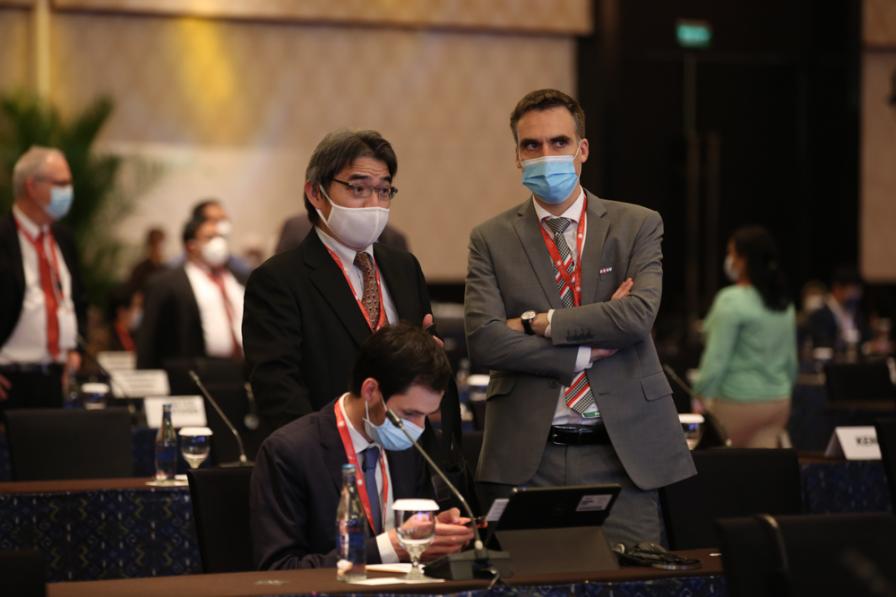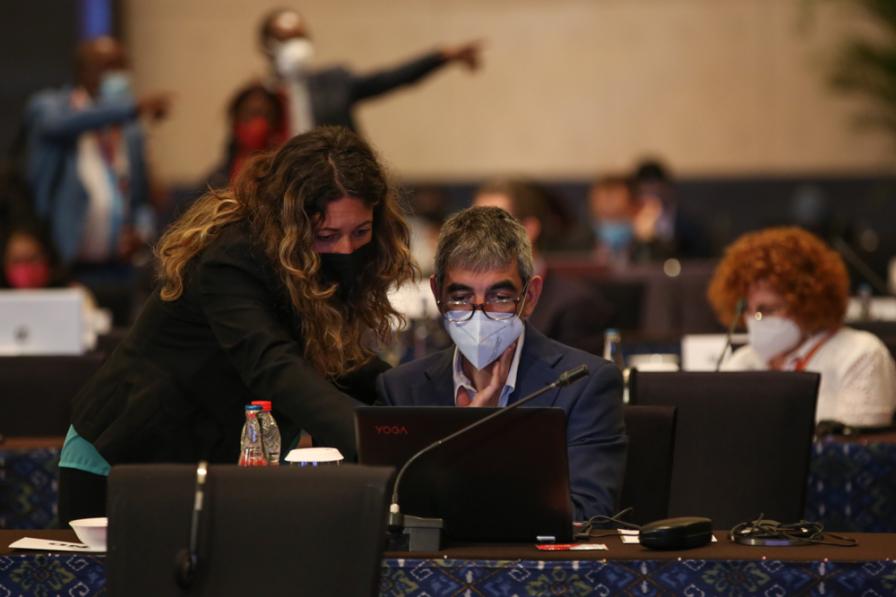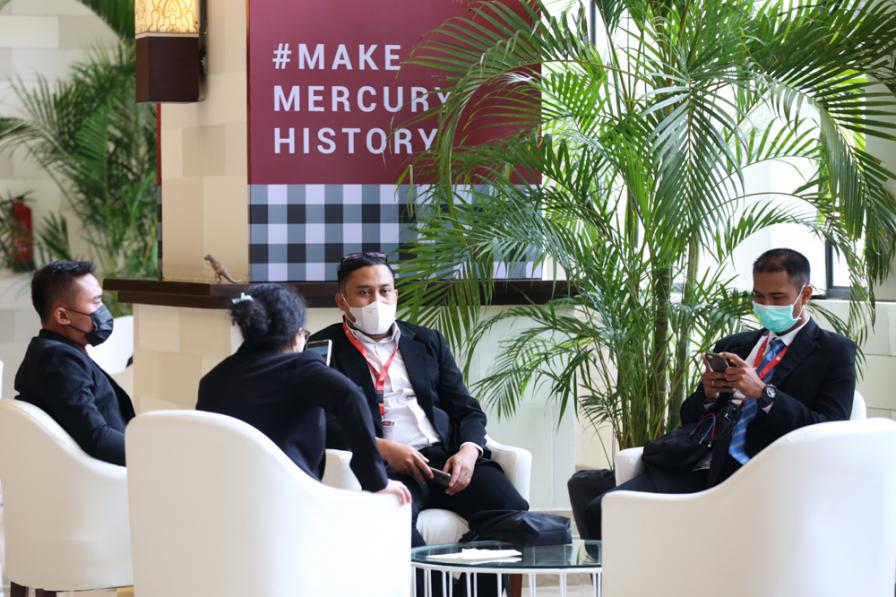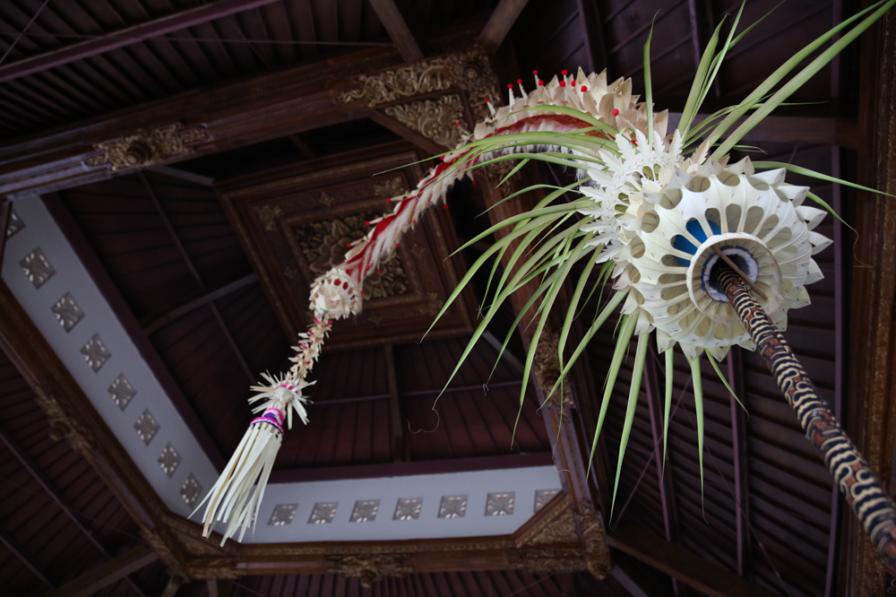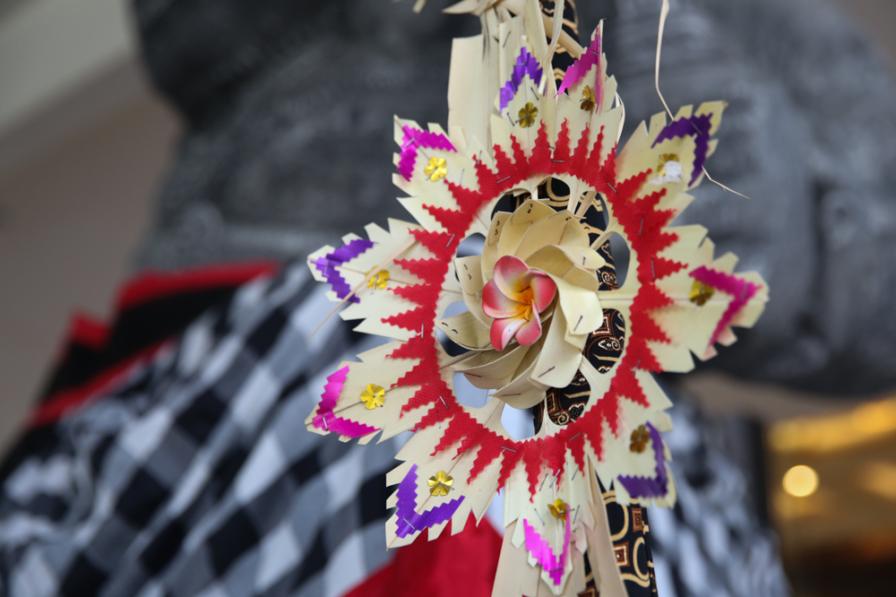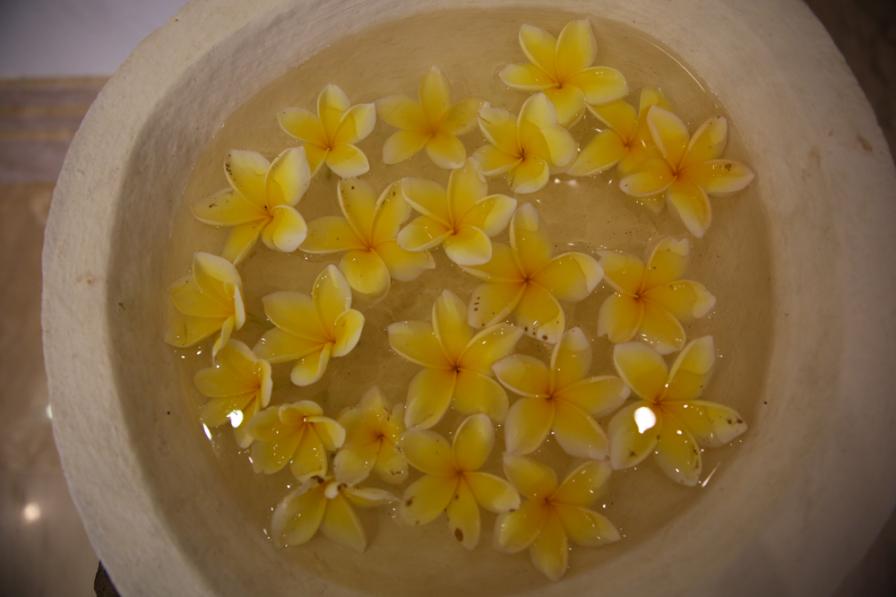The opening day of the resumed Fourth Meeting of the Conference of the Parties of the Minamata Convention on Mercury (COP-4.2) initiated discussions on amending Convention Annex A (mercury-added products) and B (manufacturing processes in which mercury or mercury compounds are used), and on how to evaluate the effectiveness of the Convention.
To dive deeper, read the full Earth Negotiations Bulletin daily report.
In opening statements, Wayan Koster, Governor, Bali, Indonesia, welcomed delegates and expressed strong support for international efforts to reduce and eliminate mercury.
Monika Stankiewicz, Executive Secretary, Minamata Convention, listed the ambitious agenda of COP-4.2, and urged special attention to the recommendations of Inger Andersen, the UN Environment Programme (UNEP) Executive Director, to bolster the Convention’s Special International Programme to strengthen capacity building and technical assistance (SIP).
In her own remarks, UNEP Executive Director Andersen drew attention to the recently concluded Fifth United Nations Environment Assembly where parties agreed to establish a science-policy panel on the sound management of chemicals and waste. This panel, Andersen noted, will impact the Minamata Convention’s work.
Siti Nurbaya Bakar, Minister of Environment and Forestry, Indonesia, expressed hope that COP-4.2 will allow parties to “bridge our differences and expand our similarities” on key issues such as effectiveness evaluation. She explained that an “alarming increase” in global illegal mercury trade prompted Indonesia to propose a nonbinding Bali Declaration on combating such trade.
The discussion on mercury-added products largely focused on the three proposals on the table by Africa, the EU, and Canada, Switzerland and Norway regarding dental amalgam, fluorescent lamps, certain measuring devices, photographic film and paper, propellent for satellites and spacecraft, and polyurethane made with mercury-based catalysts. Several countries proposed delaying consideration of dental amalgam until COP-5, so a contact group was tasked with considering the other amendment proposals as a compromise.
The discussion on effectiveness evaluation focused on the proposal offered in November 2021 at COP-4.1 by Canada and Norway, with many countries indicating that it offered a good basis for further deliberation. A contact group was tasked with first discussing the terms of reference for the body that will oversee the evaluation and report back to plenary on Tuesday. COP President Rosa Ratnawati (Indonesia) stated that if the group makes satisfactory progress on that task, she will propose further tasking it with the terms of reference for the scientific advisory body as well as the overall evaluation framework and work schedule.
At a formal ceremony during the lunch break, Minister Nurbaya presented the Bali Declaration to Executive Secretary Stankiewicz. Among other things, the nonbinding Declaration calls for countries to undertake supply-side, demand-side, and transit strategies to curb illegal trade in mercury, invites relevant international entities to address the issue, and urges donors to fund support for countries’ national, cross-border, and subregional efforts on illegal mercury trade.
To receive free coverage of global environmental events delivered to your inbox, subscribe to the ENB Update newsletter.
All ENB photos are free to use with attribution. For Minamata COP-4.2, please use: Photo by IISD/ENB Kiara Worth.

